
Sep. 16th, 2020
Dr. Howard Chen (Northwestern University)
Rocky Exoplanets in 3D: Influence of Stellar X-ray and UV Flares

Sep. 16th, 2020
Rocky Exoplanets in 3D: Influence of Stellar X-ray and UV Flares

Sep. 18th, 2020
When Quantum Noise meets General Relativity

Sep. 25th, 2020
From large-scale molecular clouds to filaments and cores: Unveiling the role of the magnetic fields in star formation

Oct. 16th, 2020
Constraining the architecture of planetary systems from multi-wavelength, spatially resolved imaging.

Oct. 23rd, 2020
The Cosmic Thermal History Probed by Sunyaev-Zeldovich Effect Tomography

Oct. 26th, 2020
The Variability Structure Function of the Most Luminous Quasars
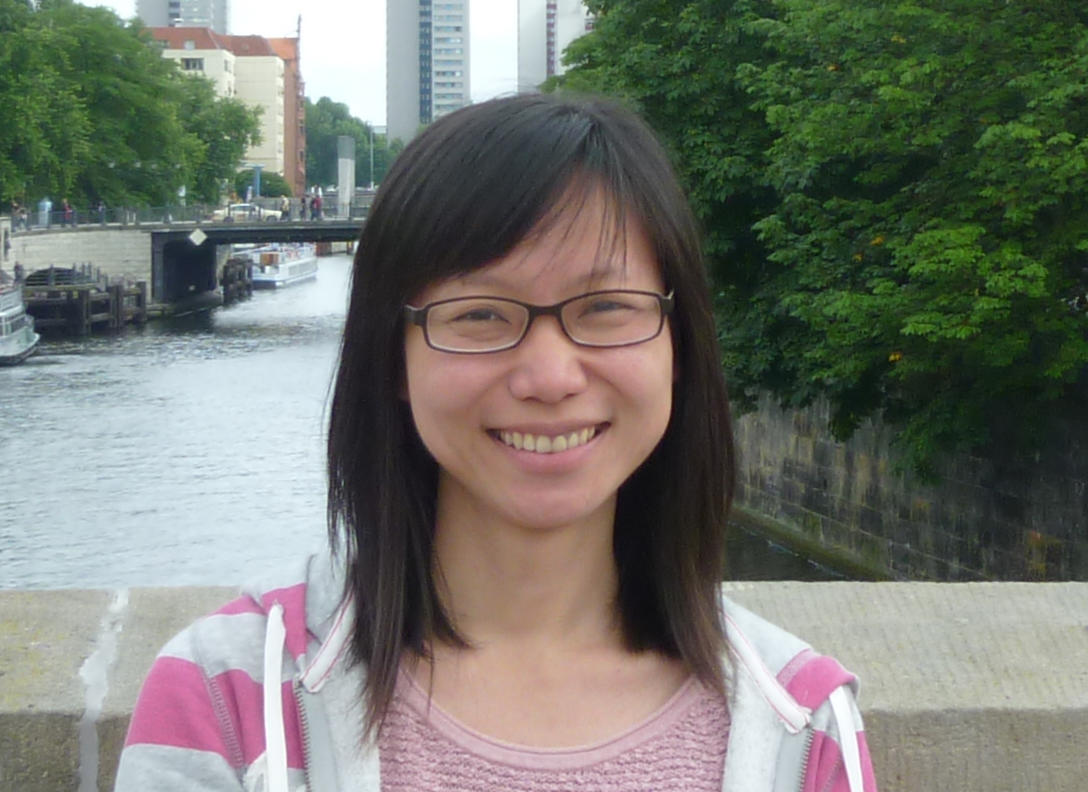
Oct. 29th, 2020
Morphology and Kinematics of Double-barred Galaxies

Oct. 30th, 2020
Greenland Telescope (GLT) - Past, Present, and Future -
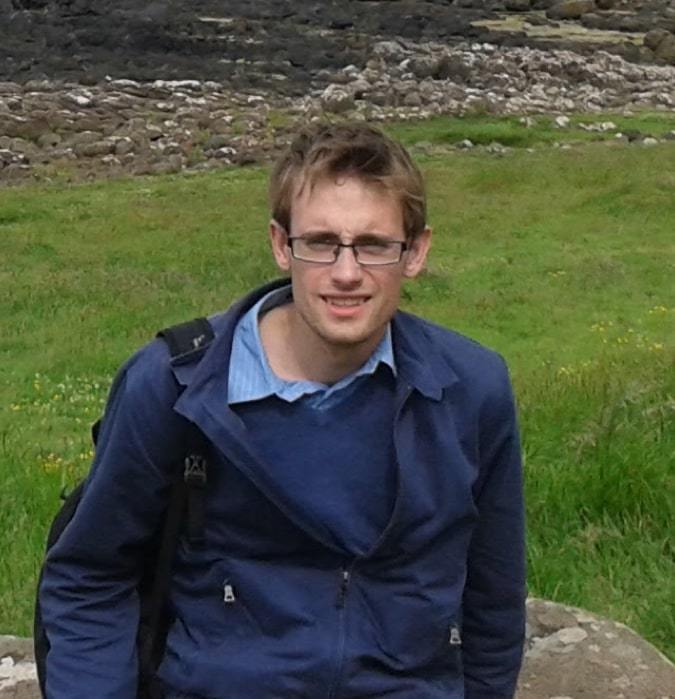
Nov. 13th, 2020
De-coding signals in the extragalactic gamma-ray background

Nov. 20th, 2020
The Origin of the Cosmic Submillimeter Background

Nov. 27th, 2020
Dwindle Dwindle Little Stars - Hunting for Substellar Objects Young and Old, Rich and Poor

Dec. 3rd, 2020
Modern techniques for complex problems in gravitational-wave astronomy

Dec. 3rd, 2020
Unveiling the physics of star and planet formation through a multi-disciplinary approach

Dec. 4th, 2020
A stroll through astrobiology
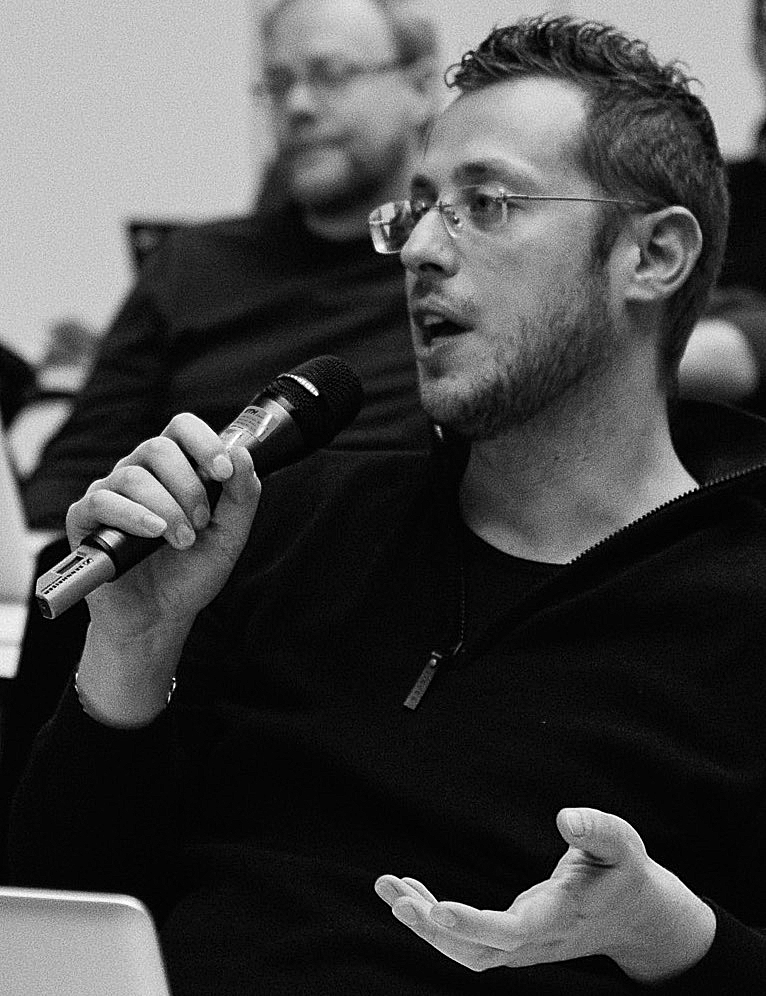
Dec. 7th, 2020
Unveiling the obscured growth of supermassive black holes over cosmic time
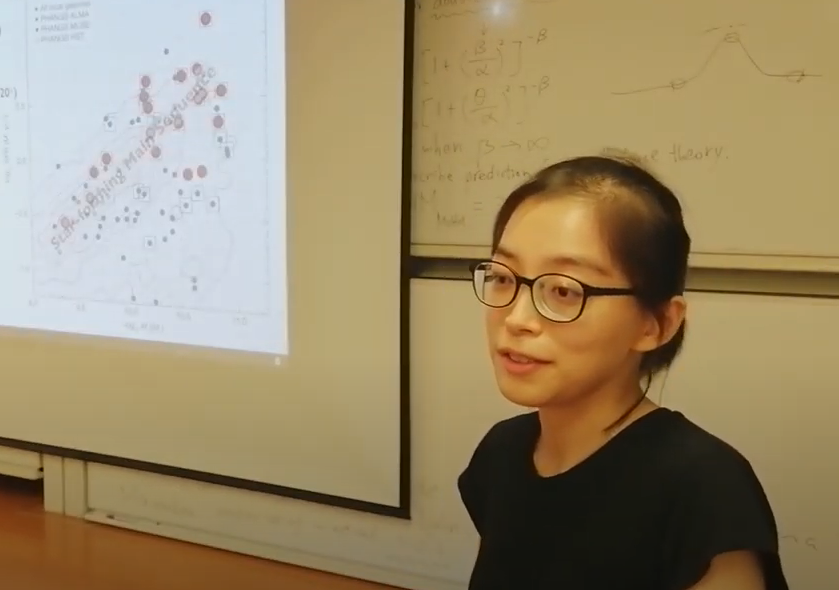
Dec. 7th, 2020
Star Formation in Nearby Galaxies
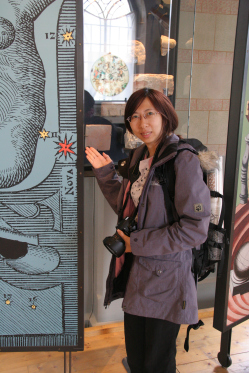
Dec. 8th, 2020
The extremes of the transient Universe: entering the golden age of time-domain astrophysics

Dec. 10th, 2020
Measure Dark Energy by Observing 30 Million Galaxies with 5000 Eyes

Dec. 10th, 2020
Probing the Cosmic Energy Density Inventory with Tomographic Intensity Mapping

Dec. 11th, 2020
Collimation and Acceleration of the M87 jet (and more)

Dec. 15th, 2020
Stars and Supernovae: What can we learn from their optical signals, chemical abundances and remnants?

Dec. 15th, 2020
Origins of fast radio bursts and their future applications

Dec. 18th, 2020
The Megamaser Cosmology Project : the Final Outcome and its Implications for the Hubble Tension Problem
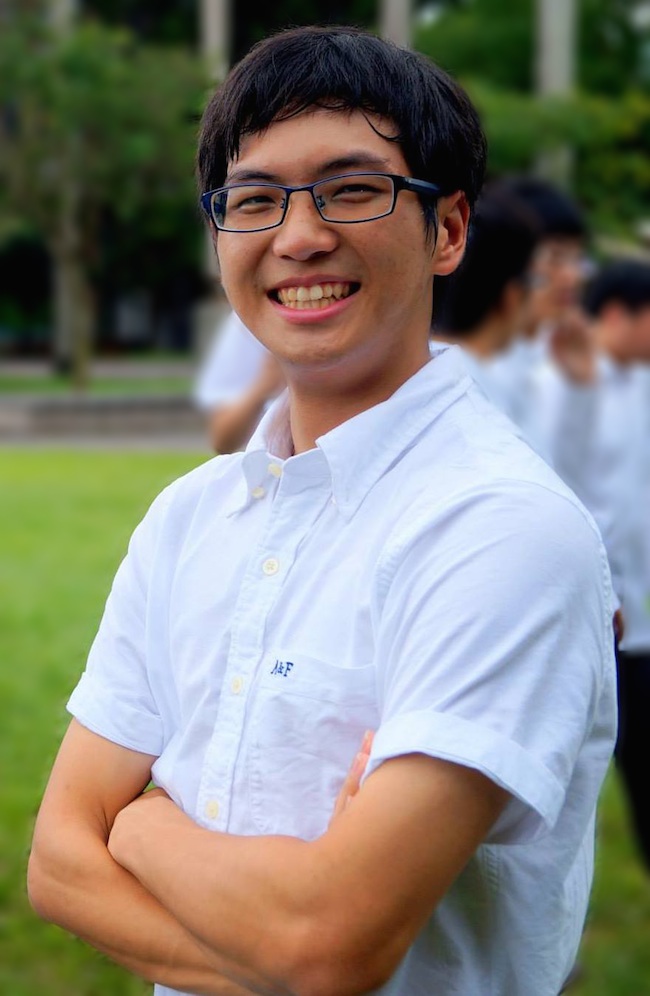
Dec. 24th, 2020
The birth and the fate of close and wide binaries

Dec. 25th, 2020
How to Give a Good Presentation

Jan. 4th, 2021
Gravitational-wave observations from quarks to the Universe
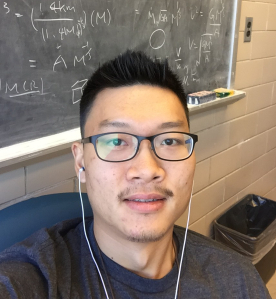
Jan. 8th, 2021
Feature Extraction on Synthetic Black Hole Images with Neural Networks
Giving and listening to presentations, doing literature search, asking constructive questions, and interacting with colleagues who work on different topics and in different institutes are all essential professional skills not only for doing astronomical research but also for careers in many other disciplines. The weekly colloquia are excellent opportunities for practicing these skills. For example, thinking about how others give presentations will help you improve your own. Previewing relevant publications, even just briefly, will improve understanding of the presentation and inspire deeper questions. Interacting with visiting speakers will help you learn not only about science, but also about different perspectives on life and work in the world of professional astronomy.
The teaching assistant of this course is Li-Wen Liao (liwen@gapp.nthu.edu.tw)
Grades of this course will be evaluated based on:
1. Attendance(80%): Please sign in using the sign-up sheet provided by the TA for each colloquium. Students who attend all 13 regular colloquia on Fridays (9/18, 9/25, 10/16, 10/23, 10/30, 11/13, 11/20, 11/27, 12/4, 12/11, 12/18, 12/25, 1/8) will receive full credits in this category. Attendance of the special seminars will not be counted.
2. Participation(20%): Students are encouraged to interact with the speakers and reflect on the colloquium. To receive the participation points, please submit a short report to the TA within one week after the colloquium. Reports on special seminars will be counted too. For detailed instructions, please download the report template from the iLMS system or via this link: https://drive.google.com/file/d/1BwH__n_PS3mZyxNqjNL9awuiaahhMJF9/view?usp=sharing
ASTR 591 - Report Template
1. The colloquium schedule can be found on the IoA website: http://astr.web.nthu.edu.tw
2. Course-related materials (e.g., report template) can be found in the iLMS system: http://lms.nthu.edu.tw